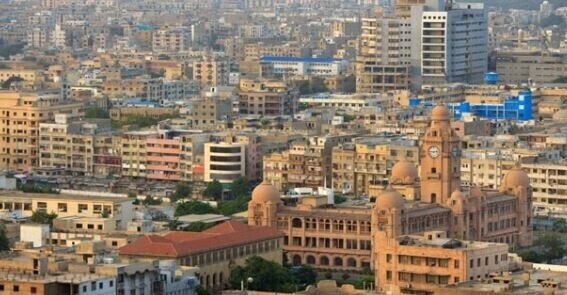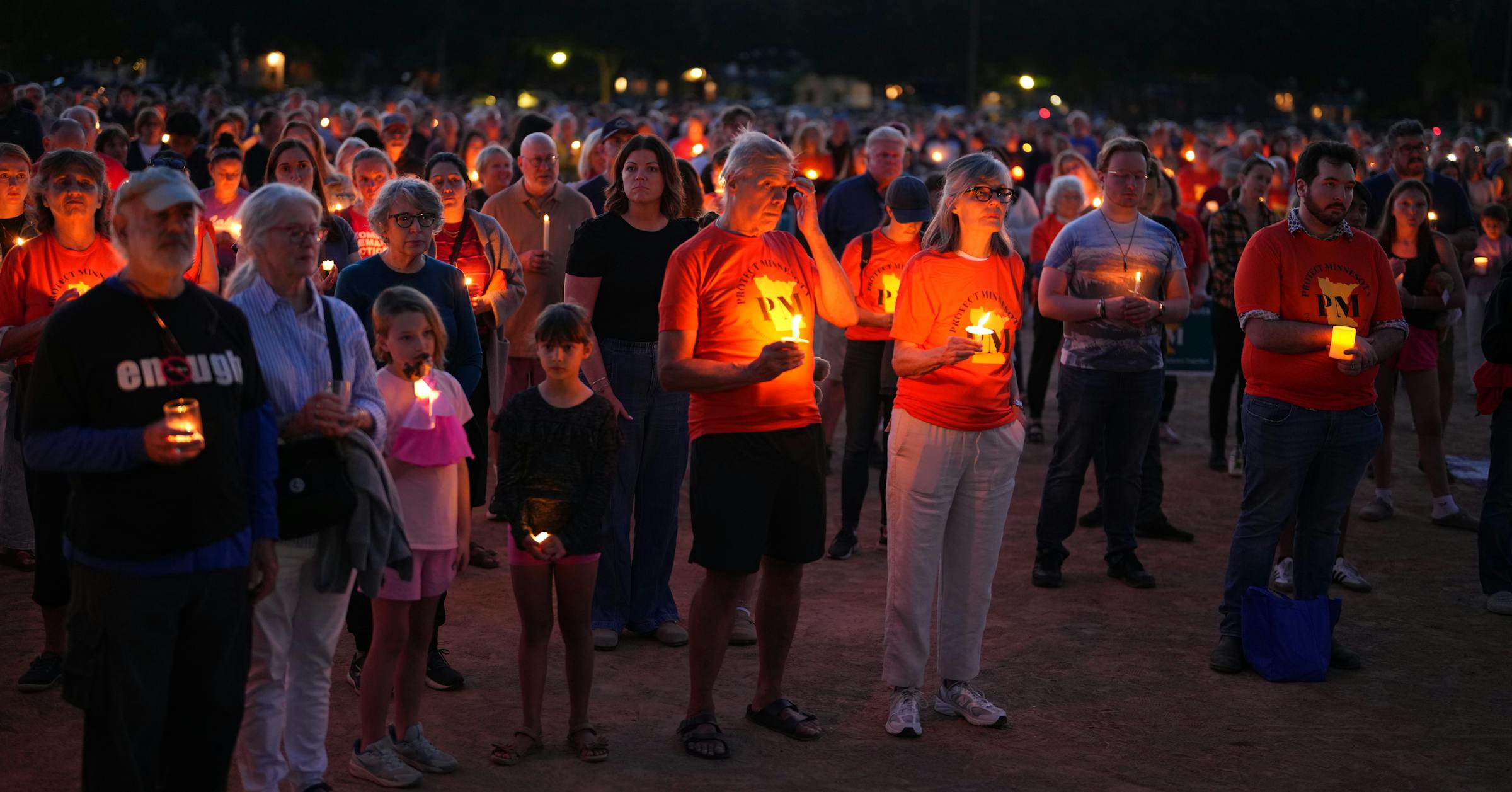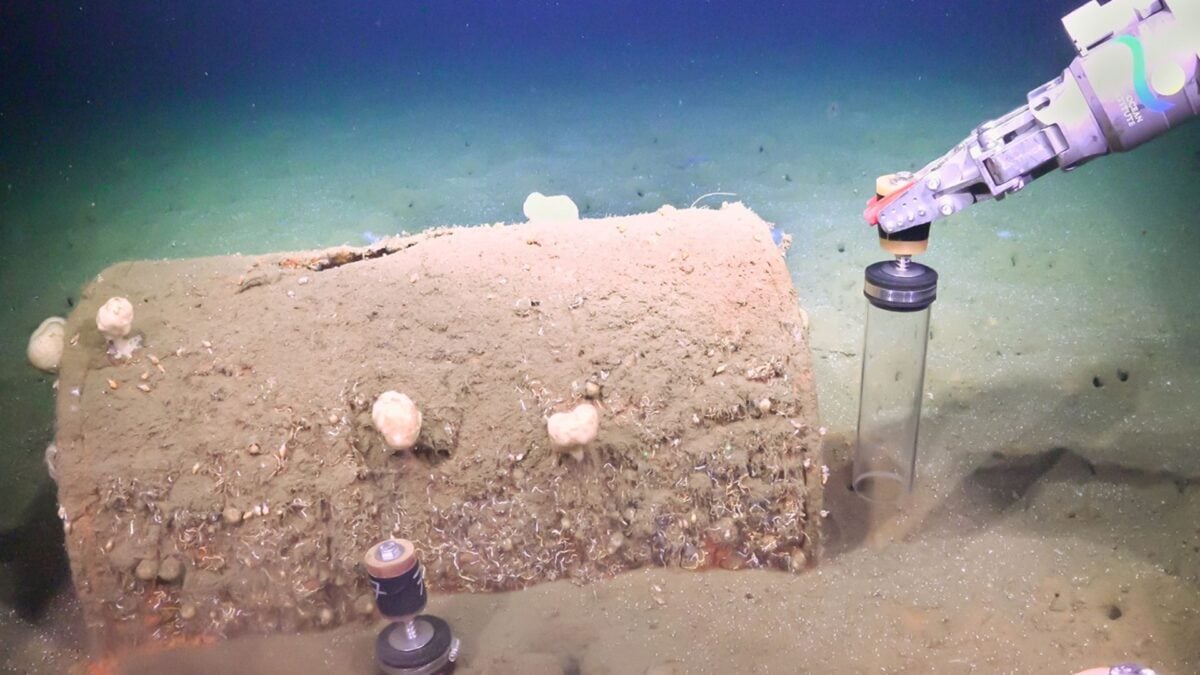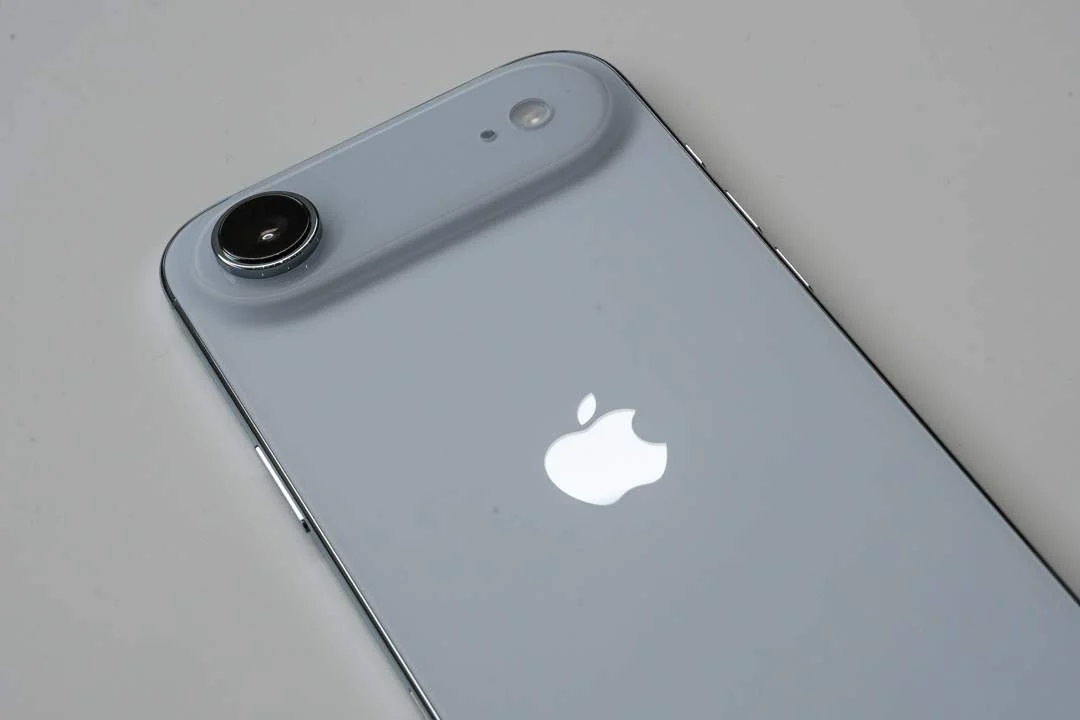By Sirajuddin Aziz
Copyright brecorder

The current and continuing collapse of economic and social fabric/ structure of the largest city of the country is a matter of grave severity. Any further prolongation of this neglect will mean an assurance of the development of the ruins of Karachi, resulting in ‘Moenjodaro-II’. Today, there is hardly any street that hasn’t been dug up.
The entire city gives the look of an archaeological site. Travel within the city has become a nightmare. The traffic snarls, even tortoise moves faster than the vehicles in the city. The traffic jams are endless.
Traffic management is a pity. Lawlessness of its citizens and a general abdication of responsibility by the law enforcers add to the woes of the city.
All the upscale and posh areas of the city are in perpetual “repair and maintenance “. (God alone knows what is being set right, because nothing is visible). That city is Karachi, once considered and recognised as the “city of lights” and “Paris of Asia (or south Asia)”. For this decline and decay, who is willing to take responsibility? Or who should be held responsible?
In the years, 2028- 2029, the largest city of Pakistan, Karachi, will celebrate its 300th year anniversary of founding. It was in 1729 AD (296 years back) that the township was established by Seth Bhoju Mal. He developed the city as a replica of Bombay. Until the takeover by the British in 1854, when it was converted into a port city, Karachi was largely a Hindu city; they were dominant and majority component of the population.
The primary occupation of these people was fishing. In fact it literally was a fishing community. Karachi is believed to be named or derived from Mai Kolachi, a Baloch woman who personally led the settlement. Another widely accepted origin of Karachi is from a village named then as “Kolachi Jo Goth “. Karachi had several other names in recorded history earlier to 1729.
Sindh, which was part of Bombay presidency, once played a pivotal role in our movement for independence.
The All-India Muslim League held its first significant session at Karachi in December, 1907, where the Constitution of the League was adopted. Karachi later in 1943 hosted the League’s session, where Jinnah declared the famous slogan demanding independence “Divide & Quit”. A resolution demanding creation of Pakistan was adopted at the Karachi session. If Lahore hosted the primary “Objectives Resolution”, Karachi session inserted the demand for “Independent Pakistan”.
Our Quaid was born in Karachi. Following founding and independence, Karachi was an obvious choice for setting up of the capital city of the newly carved country. In 1947, Karachi’s total population was 450,000 persons.
The demographics underwent major change when about till the mid-fifties, an average of 100,000 Muslims immigrants from India came down to settle in Karachi. Thereafter too, the immigrants continued to trickle in smaller numbers.
In 1947, Karachi was declared Capital of Pakistan. The Federal Capital Territory (FCT) was established carving Karachi out to make it subservient to the Federal Government’s autonomy.
In 1959 at the behest of Martial Law Administrator and President Field Marshall Ayub Khan the FCT was merged into West Pakistan and the Capital was moved initially to interim city of Rawalpindi in 1959 and eventually to the newly built city on the slopes of the Margralla Hills, and was christened as “Islamabad” on 14th August, 1967.
History records several reasons for the decision to move the Capital from Karachi to Rawalpindi.
The reasons are from sound ones to the ridiculous. Karachi wasn’t considered as an appropriate administration centre, and the city was seen as unplanned for the future growth of a capital city, hence it was thought proper to build a capital like Bonn in West Germany.
The hear- say and ridiculous reasons cited are that President Ayub Khan, who was stationed at the military headquarters in Rawalpindi, preferred to live closer to his village called “Rehana”. Regardless, the city was created and named “Islamabad”. Piloo Mody, a childhood friend of Zulfiqar Ali Bhutto, in his book “My Friend Zulfi” claims credit for giving the name of Islamabad as a recommendation to President Ayub Khan when Bhutto introduced Piloo to the President.
Karachi, between 1947-1967, had grown rapidly from being a trading entrepot city to being also an industrialised city. Several industries were set up during President Ayub Khan’s “Decade of Development “. Karachi had assumed the title of being “Paris of Asia”, a title that Shanghai had lost after the Communist takeover in 1949. Today, Shanghai has regained it, more magnificently and Karachi has lost it.
In the 1950s and 60s, the development of the city was rapid and speedy. The bureaucracy was mostly clean, focused and dedicated. Nepotism was low. Meritocracy reigned. It was a clean city. It was considered a cosmopolitan city. Foreign visitors came in aplenty. Almost all airlines from both east and west were refuelling at Karachi. It was the then “Dubai” of the region.
In the long walks with my father, as a child, on Victoria Road and Elphinstone Street, I recall the numerous neon signs that made the street look like a leaf out of Hong Kong. The city rightfully earned its nickname “The city never sleeps”; today also it doesn’t sleep, but not for the same reasons! So what went wrong with Karachi?
The trouble began when the sister of the Founder stood up to challenge a military dictator.
Ms. Fatima Jinnah was extremely popular yet she lost the elections to president Ayub Khan, with the later getting 62.43 percent of eligible votes against the 35.86 percent cast in favour of Madrar- e -Millat. In the run-up to the elections, she was rudely ridiculed. The people of Karachi supported her and hence paid the price through the wrath of parochial bias inflicted upon them, that has since then not only subsisted but has grown as any cancer spreads—low and steady.
(To be continued on Sunday)
Copyright Business Recorder, 2025



